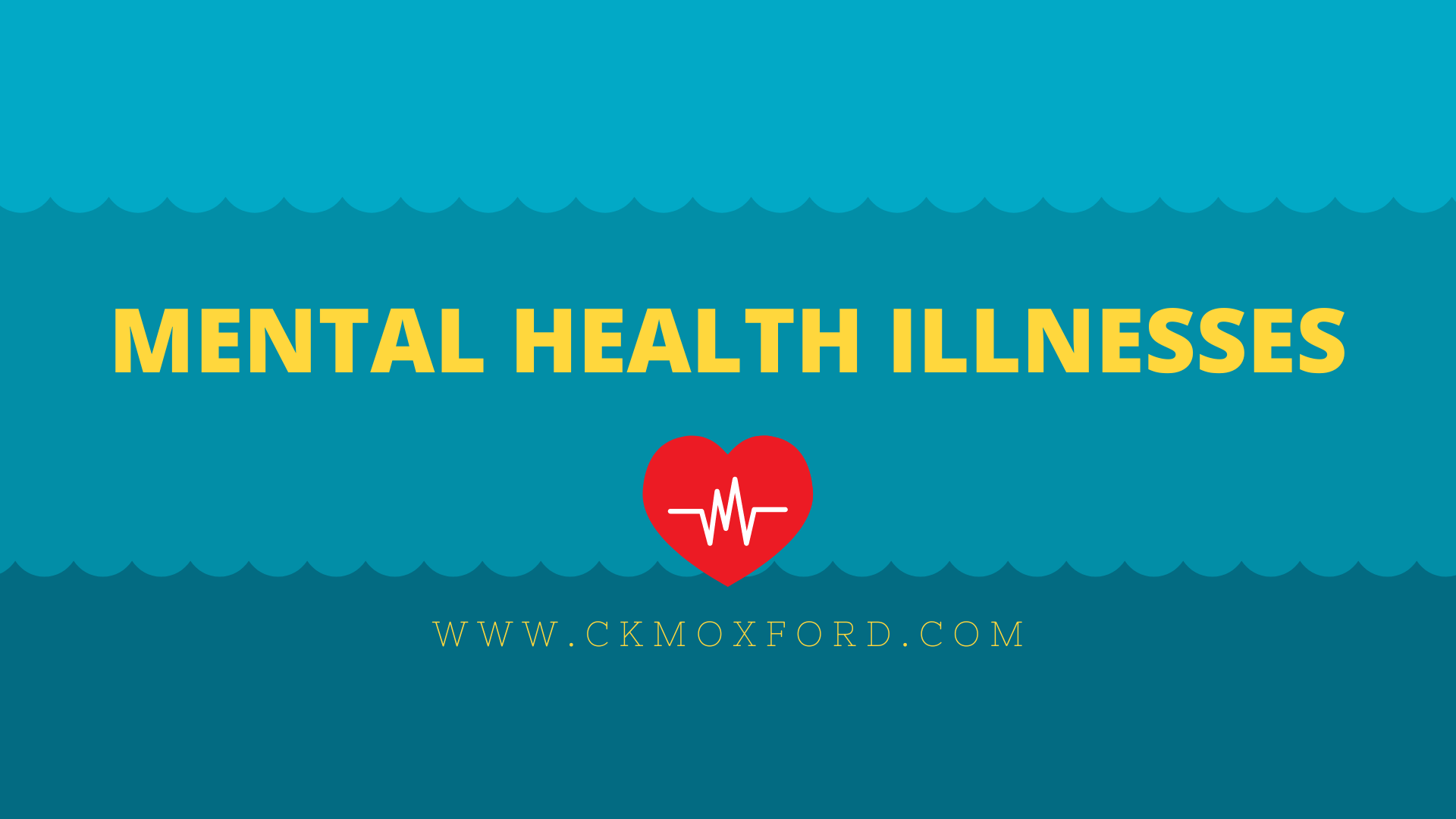PHOBIAS

WHAT IS A PHOBIA?
We all feel fear, it is an inbuilt mechanism designed to protect us from harm. After all, if we are to survive we must know how to react to danger. A phobia, however, is more than a simple fear. It develops when a person begins to organise their life around avoiding the thing they are afraid of. A phobia is a type of anxiety disorder which can be defined as an irrational and excessive fear of an object, place or situation that, in reality, poses little or no actual danger.
There are two main groups for phobias, they are:
Specific (or simple) phobias
These are restricted to very specific objects or situations and usually begin in childhood or adolescence. Most people grow out of them, but for others they can be a life-long problem. The most common types of specific phobias include:
- animal phobias - this is usually a fear of spiders, snakes, mice, birds or insects
- environmental phobias - for example a fear of thunderstorms, heights or water
- situational phobias – for example a fear of flying, visiting the dentist or being in small spaces
- body-related phobias - such as a fear of injections, blood or vomit
Complex phobias.
- Social phobias, also called social anxiety disorders, are those that are more general. Social phobias are diagnosed when people become overwhelmingly anxious and excessively self-conscious in everyday social situations. People with a social phobia have an intense, persistent and chronic fear of being watched and judged by others and of doing things that may cause them embarrassment. They can worry for days or weeks before a dreaded situation. This fear may become so severe that it interferes with work, school and other everyday activities. This type of phobia can make it difficult to make and keep friends.
The most common types of social phobia include:
- social interaction fear (such as meeting friends or going to parties)
- performance fear (such as giving a presentation in front of others)
- observation fear (being seen by others, even just walking down a street in public)
People who experience social phobias are more likely to experience another disorder alongside. Agoraphobia is a common secondary phobia as individuals may avoid social situations in order to avoid embarrassment, but become housebound by their fear - going out in public becomes a fear in itself.
POSSIBLE CAUSES OF PHOBIAS
No one really knows for sure why some people develop phobias. There doesn't seem to be one particular cause, but there are several factors that might play a role in their development.
- For some people the phobia can be linked to a particular incident or trauma. For example, an individual who experiences a lot of turbulence on a plane might develop a phobia about flying.
- Phobias can be learned responses, picked up in early life- an individual might develop the same specific phobia as a parent or older sibling. Factors in the family environment, such as parents who are very worried or anxious, can have an effect on the way you cope with anxiety in later life.
- Genetics can also play a role- some people appear to be born with a tendency to be more anxious than others.
WHAT DOES IT FEEL LIKE TO HAVE A PHOBIA?
As people experience their phobias in different ways, their symptoms and levels of fear will also differ. A reaction to a phobia is usually an exaggerated and persistent response. The same response is felt each time the phobia is encountered. Even though the person may acknowledge their fear is irrational, they feel unable to rise to that fear and they experience high levels of anxiety and panic.
The person will usually not have any symptoms until they are faced with their feared situation or object, or sometimes if they think about, or see a picture of it. The individual may then develop symptoms of anxiety, which include:
- palpitations (racing of the heart)
- sweating
- feeling dizzy, light headed or faint
- difficulty breathing
- butterflies in the tummy.
If the person hyperventilates, they may also have numbness and pins and needles. These sensations may become so unpleasant that the individual will change their behaviour to avoid coming into contact with the feared object or situation.
SELF HELP FOR PHOBIAS
Each phobia is different and no single self help programme will work for everyone. An individual may decide to use their own self help strategy, or they may get help from a medical healthcare specialist, such as a psychologist. Below are some suggestions that an individual could adopt in order to help themselves with their phobias.
Lifestyle changes
- Regular exercise
- Regular meals on a schedule
- Getting enough sleep
- Reducing or avoiding caffeine and other stimulants.
Self exposure therapy
This involves gradually increasing the length of time that the individual is exposed to the object of their phobia.
- Relaxation techniques.
- Visualisation.
- Self help groups.
TREATMENTS FOR PHOBIAS
Many people with a phobia do not need treatment and find that avoiding the object of their fear is enough to control the problem. However, it may not always be possible to avoid certain phobias, such as fear of water.
Most phobias are curable, but no single treatment is guaranteed to work for all phobias. In some cases, a combination of different treatments may be recommended.
The main types of treatment that may benefit you are:
- Councelling.
- Psychotherapy
- CBT
- Desensitisation.
- Medication.